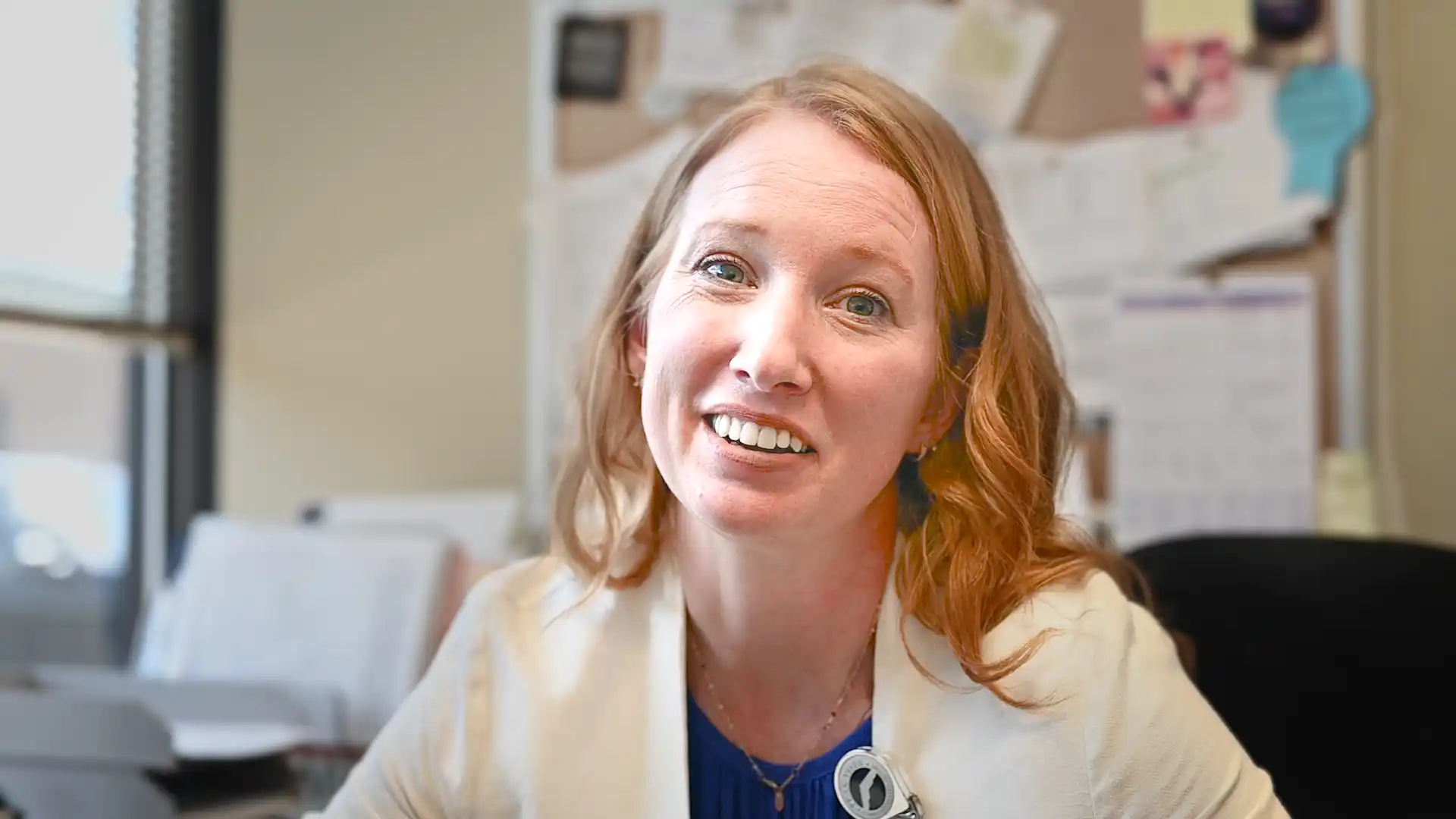
Springtime! The weather is getting warmer, the days are getting longer and we’re spending more time outside, soaking up our daily amount of vitamin D. While working and playing outside this spring, it’s important to practice sun safety. The sun’s UV rays can damage skin cells, leading to uncomfortable sun burns and an increased risk for skin cancer.
Who needs sun safety?
Everyone, regardless of age, gender or skin color, is affected by the sun’s UV rays. Some people, however, are at an increased risk. Be careful if your child:
- Has a personal history or family history of skin cancer
- Has fair skin, eyes or hair
- Takes medicine that suppresses their immune system or causes sun-sensitivity
What’s the deal with sunscreen?
For children over 6 months old, one of the best ways to prevent sunburns and protect skin from the sun is to wear sunscreen! The American Academy of Dermatology outlines five tips to make sure that your sunscreen is ask effective as possible:
- Read your sunscreen’s label. Choose a sunscreen that has a sun protection factor (SPF) of 30 or higher, provides broad-spectrum coverage and is water resistant.
- Apply before going outside. Sunscreen needs about 15 minutes to absorb into your skin before it can protect you.
- Make sure you apply enough. Many people don’t apply enough sunscreen to make a difference. Most adults need at least 1 ounce of sunscreen, which amounts to enough to fill a plastic medicine cup.
- Apply to all skin not covered. This includes the next, face, ears, toes, lips and back! Make sure to lift straps of tank tops and swimming suits and apply there, as well.
- Reapply every two hours. You should also reapply directly after swimming or sweating.
What else can I do?
Wear sun-protective clothing.
Try to cover as much of your child’s skin as possible when in the sun. This can be with lightweight long-sleeved shirts and pants, wide brimmed hats that cover their nose and ears, sunglasses with UV protection and shoes that cover their feet. Apply sunscreen to any skin uncovered!
Be smarter than the sun.
UV rays tend to be at their strongest between 10:00 a.m. and 4:00 p.m. If possible, stay inside or in the shade during this time of the day. A good rule of thumb is that if your shadow is shorter than you are, seek out some shade!

Dr. Elisabeth Vanse is a pediatrician at Peak Vista Community Health Centers. Dr. Vanse is passionate about providing health care to families with access barriers. “I strive to help patients and families feel understood and convey empathy,” comments Dr. Vanse, “I want each visit to be a time that families feel their needs are addressed.” Dr. Vanse had bold red hair and burns so easily that she even wears sunscreen after dark!

